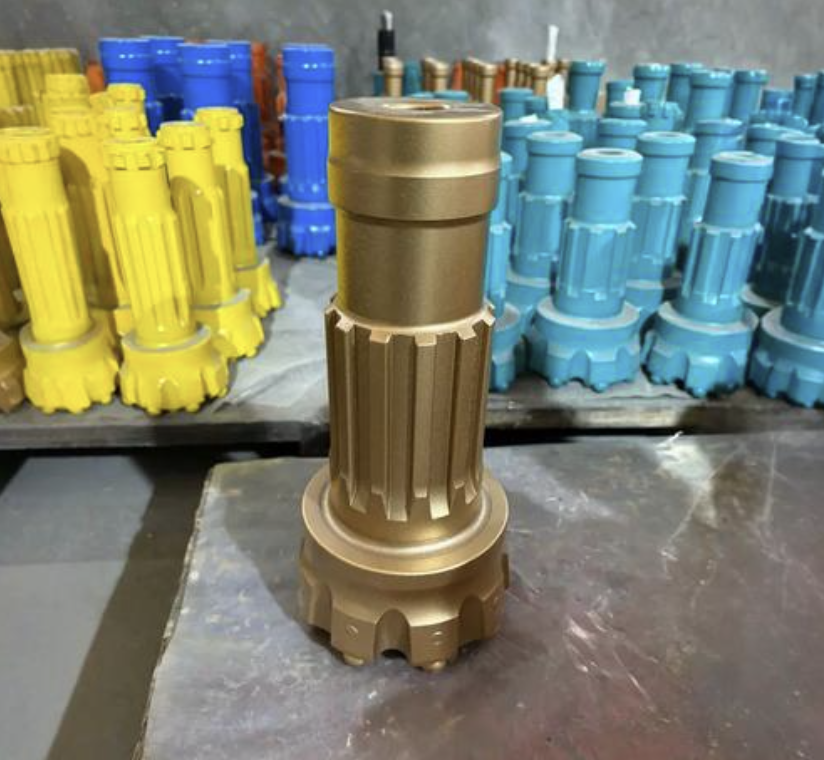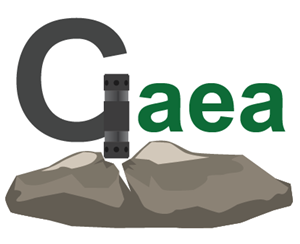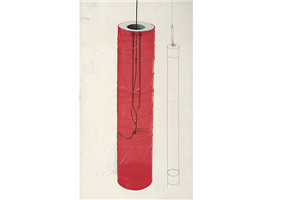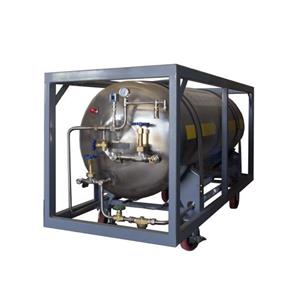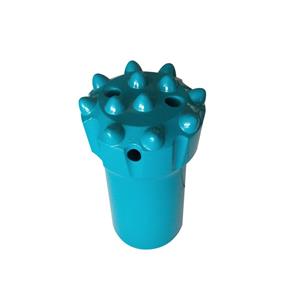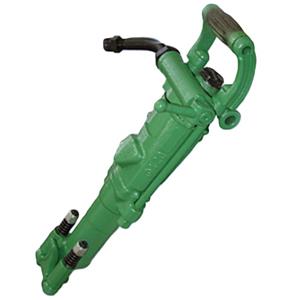How to choose a DTH hammer and DTH drill bits?
How to determine the size of DTH drilling tools?
In general, the nominal size of a DTH hammer corresponds to the minimum borehole diameter it can accommodate. For example, a 4‑inch hammer is intended for a minimum hole size of 4 inches. Under this matching specification, generous annular clearances are normally left between the hammer and the borehole wall and between the drill pipe and the borehole wall to ensure smooth cuttings evacuation.
The maximum bit size that can be used is the hammer size plus 1 inch. Using the 4‑inch hammer example again, the largest compatible drill bit would be 5 inches.

The closer the outer diameter of the drill pipe (drill rod) matches the hammer outer diameter, the better — this improves cuttings removal and reduces the likelihood of stuck pipe incidents.
From a manufacturing standpoint, cold‑drawn tubes offer superior surface finish and dimensional accuracy compared with hot‑rolled tubes. A better surface finish means the pipe is less likely to develop scale or flaking; metal flakes produced by peeling can dramatically shorten hammer life. If the threaded-to-body joints of the drill pipe are made by friction welding, the overall strength of the pipe is significantly improved. In addition, properly heat‑treating the threads increases their stability and strength, making make‑up and break‑out operations smoother and thereby improving productivity and overall penetration rate.
Key points for selecting DTH drill bits:
Bits with a convex face and pointed buttons provide the highest penetration rates and are especially suitable for medium‑soft rock with low abrasiveness.
For highly abrasive hard rock, flat‑faced bits tend to last longer. If the button crown (outer button diameter) is large enough, the bit can be refurbished by multiple regrinds to extend life and lower operating cost. Concave button bits are also appropriate for this high‑abrasion hard rock.
Concave‑faced bits suit medium‑hard rock that is highly jointed or fractured; they help reduce hole deviation.
Selection for different operating scenarios:
Open‑pit mines and quarries place high demands on DTH hammer durability because operations are typically continuous and long‑term; frequent hammer replacements greatly increase cost. Some high‑quality hammers on the market can be refurbished multiple times (for example by replacing the outer tube) before being finally scrapped. For architectural stone drilling (such as marble), straightness of the hole is the primary requirement; when hole diameter exceeds 89 mm, DTH drilling generally produces straighter holes than top‑hammer drilling.
Exploration drilling often takes place in remote locations with limited site facilities, so hammers must be simple in design, highly reliable, and compatible with high‑air‑pressure drilling conditions.
One essential and often overlooked factor is the driller. An experienced operator can optimize drilling parameters to reduce hammer failures and thereby extend hammer life.
There is a wide range of hammers on the market, from cost‑effective to premium models. Evaluating a hammer’s value should not focus solely on materials or design; the decisive factor is how well it balances construction efficiency and unit cost per meter drilled. For example, a cheap, durable hammer that consumes excessive air and fuel — driving up the cost per meter drilled — is not a good buy. Conversely, an expensive hammer that substantially increases productivity and lowers the unit cost per meter drilled can be the better choice.
